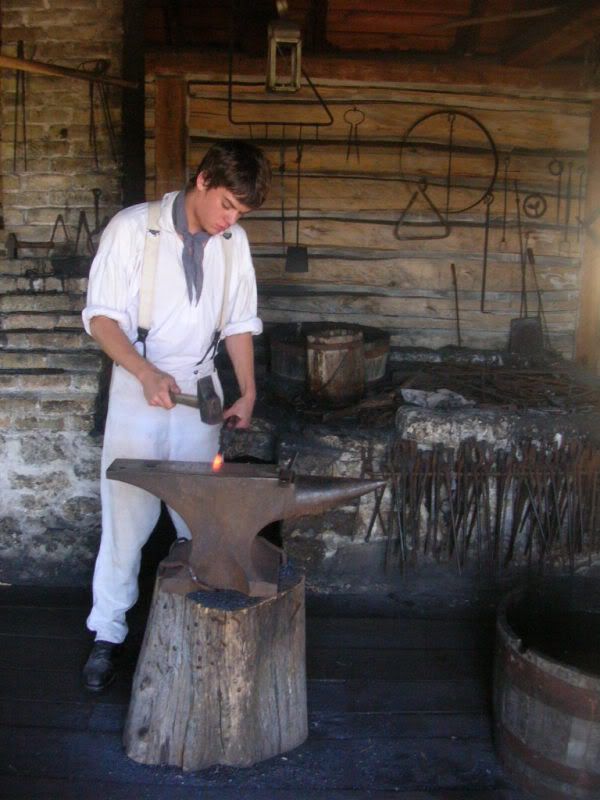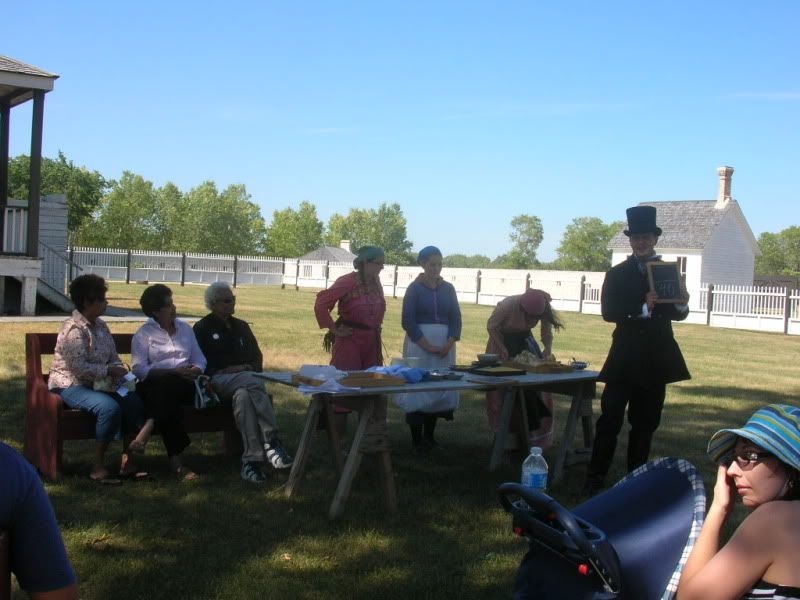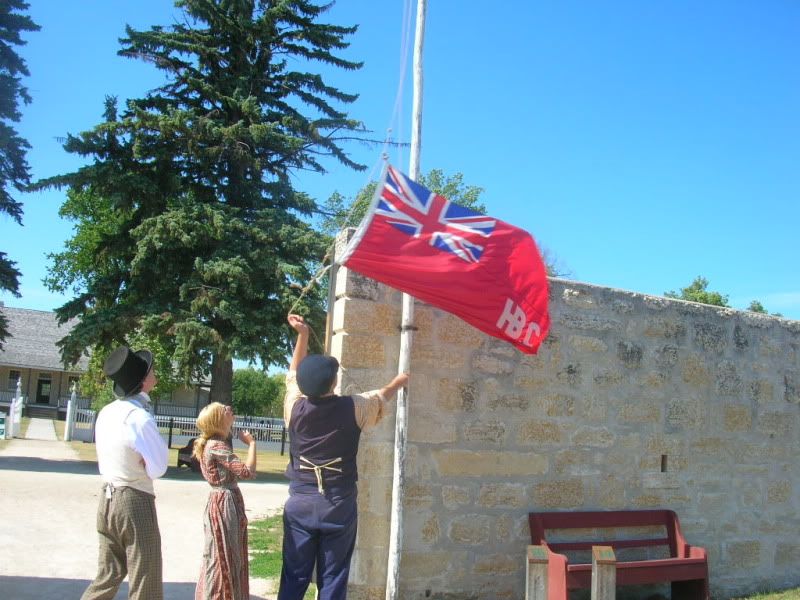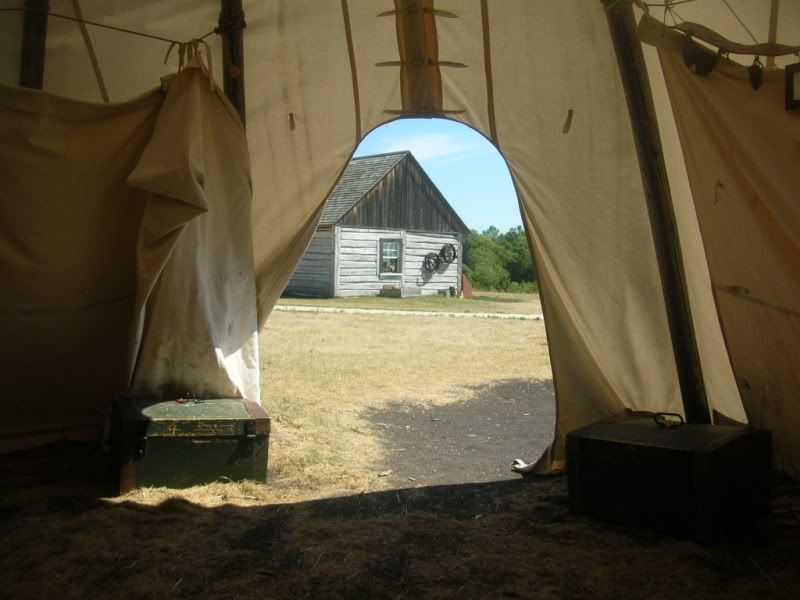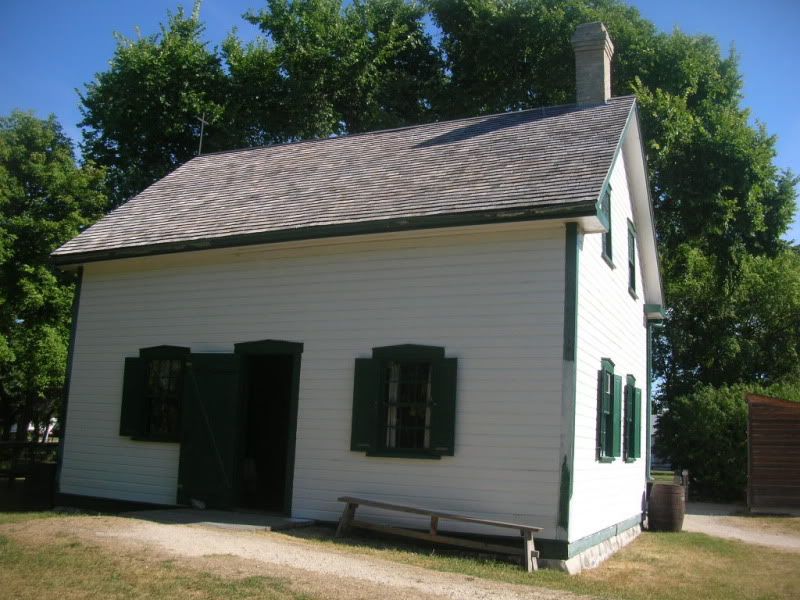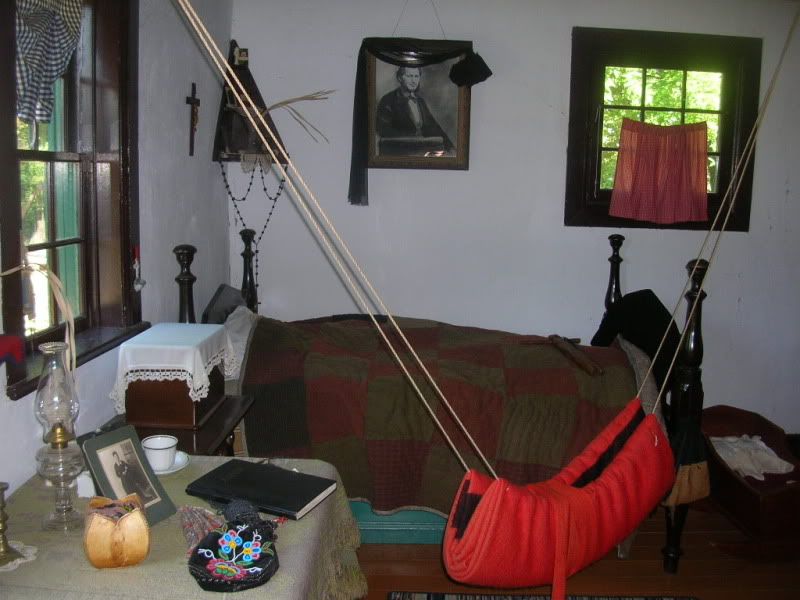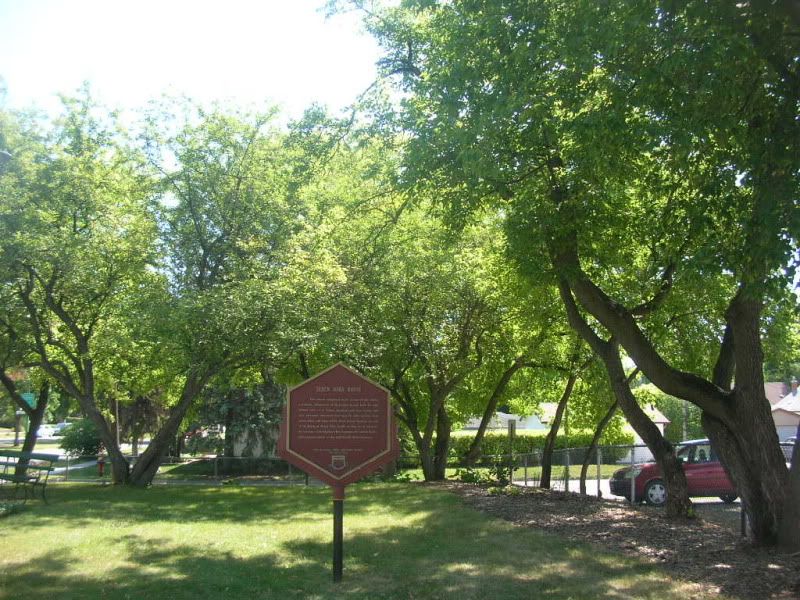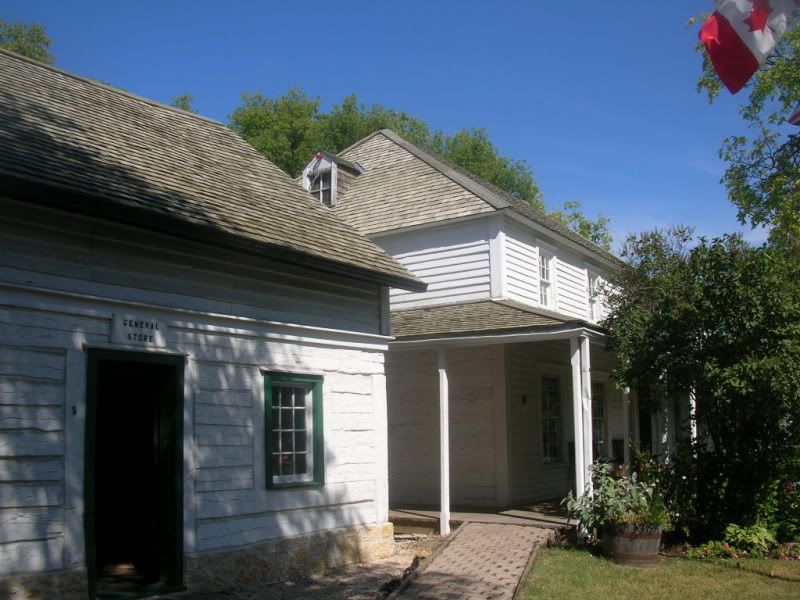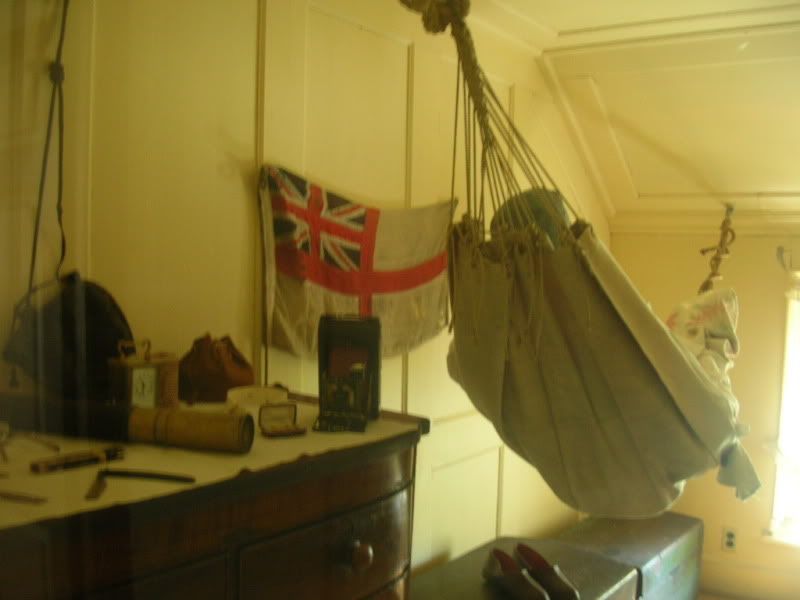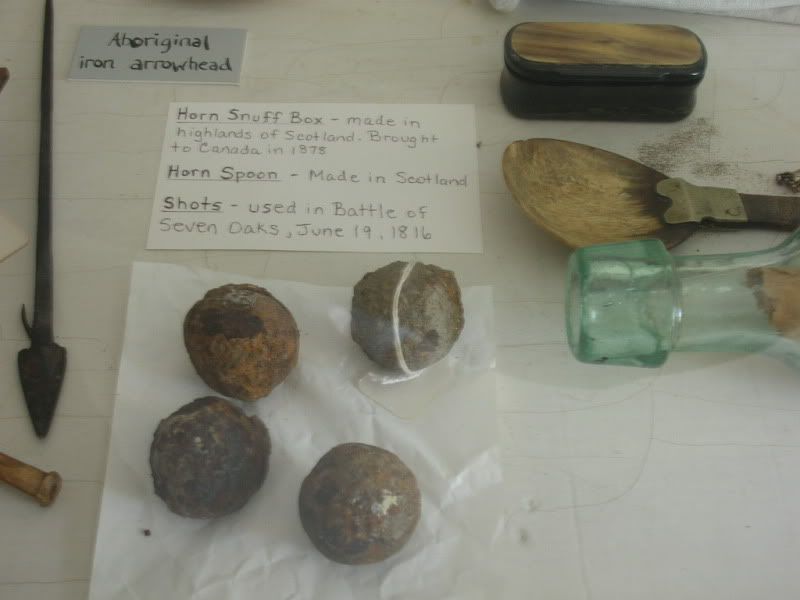I want to apologize for the long absence between posts. Let me tell you a bit about what I have been doing. I graduated from university in 2012, then spent a year teaching in Bangkok, Thailand. After I returned, I headed north with my spouse to Shamattawa, Manitoba, for another teaching job. Now I am back in southern Manitoba and want to catch up. I have had quite a few adventures exploring Canada since my last post.
 |
| Perimeter Aviation Flies into Shamattawa Daily, Weather Permitting, and Calm Air is used for Charter Flights. |
The first place I want to showcase is Shamattawa, Manitoba. I think this is especially important because very few people will ever have a chance to go there. It seems whenever Shamattawa gets press, it is not good, but that is hardly fair! I hope to write a book about it as well, so you can look for that in the future!
 |
| The Band Office and the Northern Store. |
First of all, you need to understand what it is like to live in a place that can only be accessed by plane for most of the year. There is one store, The Northern, and it receives shipments by air 2 days a week weather permitting. If there is a big storm, you have to go without. For example, we often drank powdered milk in the winter, when the store ran out of regular milk during a storm.
 |
| Exploring the Abandoned Hull of an Airplane that Crashed in a Storm. |
Shamattawa is located south of Hudson Bay, where Gods River and the Echoing River meet. It is approximately where the Canadian Shield meets the Arctic Tundra, making for rocky ground, with lots of trees and no noticeable hills. This allows storm systems from the Bay to blow in from the north without warning. The land is rugged and unforgiving, but it is also peaceful and beautiful.
 |
| Bringing Groceries Home by Toboggan. |
The main institutions of Shamattawa are the Northern, the Band Office, the RCMP station, the Nurse's station, the airport, Abraham Beardy Memorial School, AWASIS, and several churches. For recreation most people look to the great outdoors for hiking and fishing, or other activities. Most locals have ATVs and snowmobiles for everyday use, as well as leisure.
 |
| Hiking Near the Popular Fishing Spot, Whiskey Point. |
If you like dogs, there are lots that will be happy to be your best friend. They also might be helpful if you encounter any local wildlife. The area is home to several very large black bears, as well as wolves, wolverines, geese, caribou, and moose. Occasionally, a polar bear may wander through, if it is really lost. However, if you are looking for polar bears, you should probably set your sights on Churchill!
 |
| Black Bear at the Local Dump. |
In January or February, when the rivers freeze over, the winter roads open for 2-3 months. This is when the community gets most of its supplies. Trucks with building supplies, fuel, school supplies, etc. make the long trek from Thompson, or even Winnipeg. People also go out to neighbouring communities, and often come home with new vehicles or trucks full of food and new clothes. The closest community is Gillam, which is approximately 200km away. It can take anywhere from 4-14 hours to get between these communities depending on conditions. There are no services on the winter roads, so you must leave prepared!
 |
| Walking on the River with our Dog Companions. |
Children enjoy playing outside, including ice skating in the winter, and swimming in the summer. They are huge hockey fans, and love it if someone clears some ice for them to play. In the summer church groups often come up to conduct bible camps. Teenagers sometimes join Junior Rangers for lots of camping and trips into the bush. At Christmas, Santa flies-in by airplane to bring gifts!
 |
| Fly-in Santa and Mrs. Claus Give Gifts at the Airport. |
Shamattawa is currently building a new school that will be N-12. The current school is only N-10 and older students leave the community to finish high school in Thompson or Winnipeg. The new school should be opening in fall of 2015.
 |
| The New School Being Built. |
 |
| ABMS opened in 1989. Before that Students Attended Residential Schools. |
Like many remote communities, life in Shamattawa can be challenging. Unexpectedly you can be without heat or water for hours or days at a time. If you visit places like Shamattawa you will experience absolute stillness, and in it you will find yourself. Hopefully, you will like what you find. The barren landscape and harsh winters can be isolating, so it is important to build community, and spend time outdoors. You will learn that you are stronger than you think!










